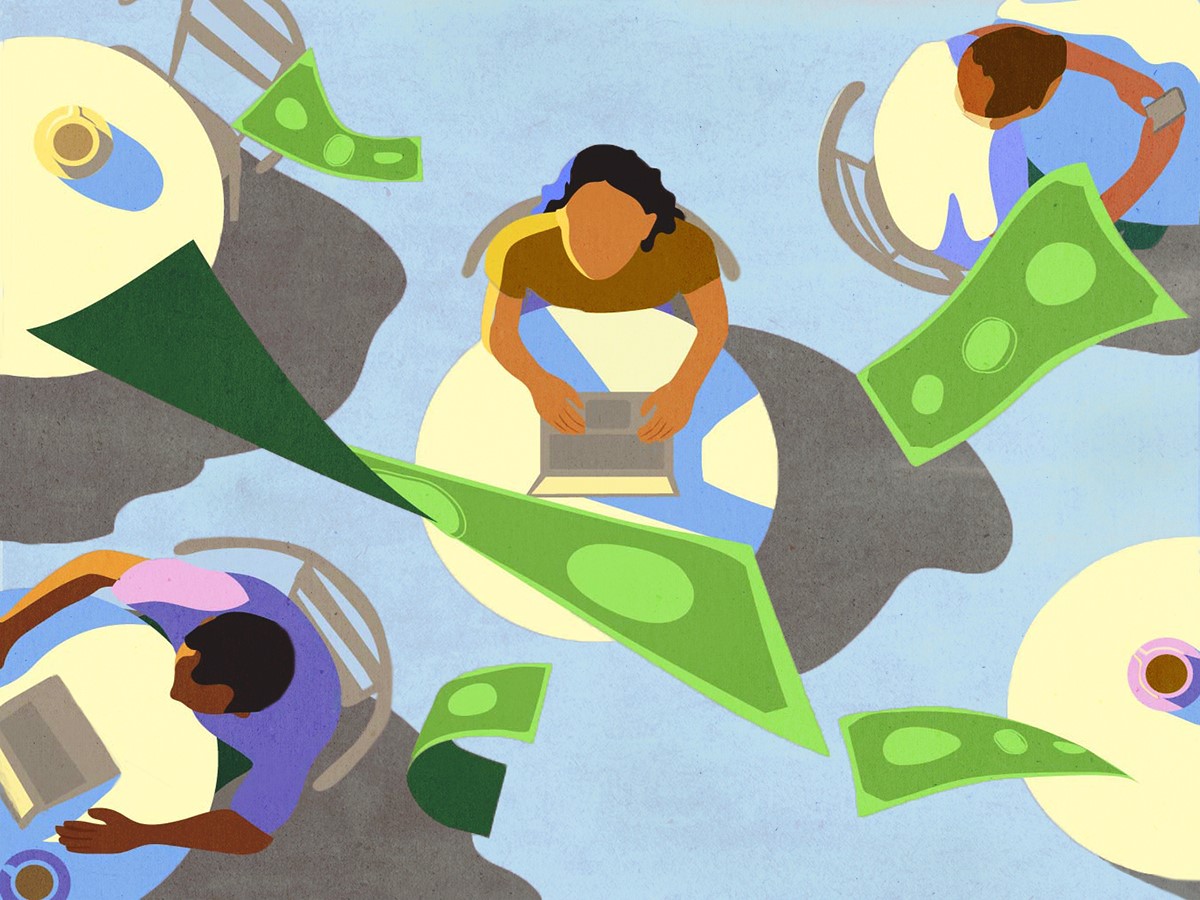
The staid world of taxation had an earth-shattering moment on June 21, 2018. Siding with US state South Dakota, the Supreme Court said the defendant, online marketplace Wayfair, must collect sales taxes from its platform’s global sellers. The Court saw compliance costs as a temporary problem new tax technology would soon solve.
Today, governments worldwide increasingly use sophisticated technology to tax more widely. Tax automation’s big players like Thomson Reuters (TR,) Vertex and my employer Avalara aim to help reduce compliance risk. I think autonomous, cloud-based, always-up-to-date tax automation platforms are tax’s future.
The Wayfair forward into tax digitalization
The Wayfair decision snowballed into remote tax collection and remittance liability everywhere. The concept has been increasingly applied to other taxes too.
International tax digitalization predated Wayfair. Most European OECD countries had already implemented Digital Services Tax (DST.) OECD itself came up with the framework to address digitalization’s challenges. India’s recent adoption of Goods and Services Tax (GST) came with digital invoices and shipping documents required.

Protecting the finance industry
Cybersecurity for financial services
Raising security levels through predicting, preventing and responding to financially motivated cybercrime.
With COVID-19, digitalization went stratospheric. The normally risk-averse US federal bureaucracy saw remote work jump from 3 to 59 percent. E-commerce saw 10 years’ worth of growth in the pandemic’s first 3 months alone.
Government pandemic response and tax
The US government injected relief dollars into the economy but also saw tax take fall 3 percent in 2020. Governments worldwide have passed pandemic tax relief packages.
This generosity must eventually end. Governments may increase indirect tax like sales tax, VAT or GST. It’s an attractive policy because raising indirect taxes doesn’t make people mad or change their spending. Unlike income taxes, governments can change indirect tax rates fast to increase cash flow. In many countries, they’re the biggest source of government revenue.
With just some of consumer purchases taxed (23 percent in the US,) there’s scope for broadening the tax base. This could include removing exemptions and lowering thresholds, legalizing controlled substances like cannabis or increasing sin taxes. As the post-pandemic economy improves, experts think tax compliance enforcement will increase.
Technology for the rise of many Big Brothers
What about the challenges in this direct tax future? As remote workers spread to distant lands, companies face increasing risk of unintended Permanent Establishment, increasing their tax exposure in other countries. They’ll also see increased compliance burden, from new registrations to returns.
Software that supports businesses with global talent management is evolving to handle complex tax situations. Topia has modular solutions from remote workforce planning to compliance management with insights to track emerging tax risks. Equus has similar features in its AssignmentPro platform.
Indirect taxes: The volatile elephant in the room
Tax research company TTR may know best how often governments change indirect taxes. They track every change in tax rates, law and court rulings worldwide and, in 2020 alone, logged 35,000 changes in tax law. Brexit, India’s e-invoicing and Saudi Arabia’s tripling VAT typify this global tax volatility.
Trends like digital nomadism will only add to tax volatility, making it hard to handle without automation. But the pandemic has shown tech can short-circuit time and space to get things done fast.
Sanjay Parthasarathy, Chief Product Officer at Avalara, says, “Businesses now live in a world of infinite choices, infinite channels and instant gratification. People want answers. They don’t care if it’s complicated. If autonomous cars drive themselves, why not autonomous tax compliance?”
Tax automation technology
Tax automation firms have made it their business to tame the volatile tax elephant. First comes understanding taxation’s complexity. “As professionals, we can make peace with not knowing something if we know how to find the answers,” says Shon Holyfield of TTR. They offer comprehensive tax research in plain English.
Indirect taxation puts speedbumps along the compliance journey. Some are more like spikes, like assigning the right Harmonized System (HS) number to each product. It’s complex because different jurisdictions assign different numbers to the same item. Some tax automation solutions like Avalara offer AI-based automated classification informed by a database of billions of products.
Understanding millions of exemptions, preparing tax returns and handling audits seamlessly across the world needs sophisticated automation. It also needs deep integrations with other enterprise software like Point of Sale (POS) and e-commerce marketplaces. Handling big numbers of simultaneous transactions may need a cloud-native platform to be reliable. Leading tax vendors meet these challenges with varying success and coverage.
Some tax automation providers offer special tax solutions for communication services, lodging providers and the alcohol industry. There are also tax automation service, like Davo, for smaller retailers who don’t need big integrations.
The future of indirect tax
“In Europe, governments think of the future,” says Scott Peterson, Avalara’s VP of Government Relations. Europe has made great strides in e-invoicing, live reporting and split payments. It means computing, filing and paying tax in real-time. Countries like India, Saudi Arabia and United Arab Emirates are following suit, but in the US, only Massachusetts is going that way.
European governments are also simplifying taxation, like the UK’s Making Tax Digital (MTD) initiative and the EU’s Import One Stop Shop (IOSS). While it is simpler, IOSS shifts the tax collection and remittance burden from importers to remote sellers. Some are using sophisticated cross-border taxation software for this new responsibility.
Companies like Inposia have stepped up to offer seamless e-invoicing in 60 countries, and there’s a race to prepare taxation platforms to offer e-invoicing, live reporting and split payments. Parthasarathy says platforms must move from today’s task-based or document-level autonomy to spanning whole workflows.
Peterson explains the core issue with US taxation. “Politicians hate taxes. They want the tax agencies to be friendlier, not efficient or effective.”
The pandemic has shown governments the power of digitalization. Employees not being available to process paper documents forced them to digitalize.
“Government digitalization is for their benefit, not for businesses’ filing efficiency,” says Peterson.
Senior Vice President of Compliance at Avalara, Liz Armbruester, sees global governments using more AI and analytics to detect fraud, and more audit. Are businesses ready for that? “Only about half of them,” she says. “The rest are playing audit lottery.” These businesses use manual processes, spreadsheets and native capabilities of their systems that often fail to keep up with tax law and regulation volatility. It means risk if audits do get more frequent.
Armbruester continues. “Governments still think and design systems around a government-to-individual business relationship. A third-party processor can bring efficiency to both sides with batch processing.”
Until then, given the pace of change in global tax code, businesses must deal with risks at every step. Governments are lining up sophisticated technologies to plug tax loopholes rapidly. Adopting tax automation technologies can help businesses stay compliant.



